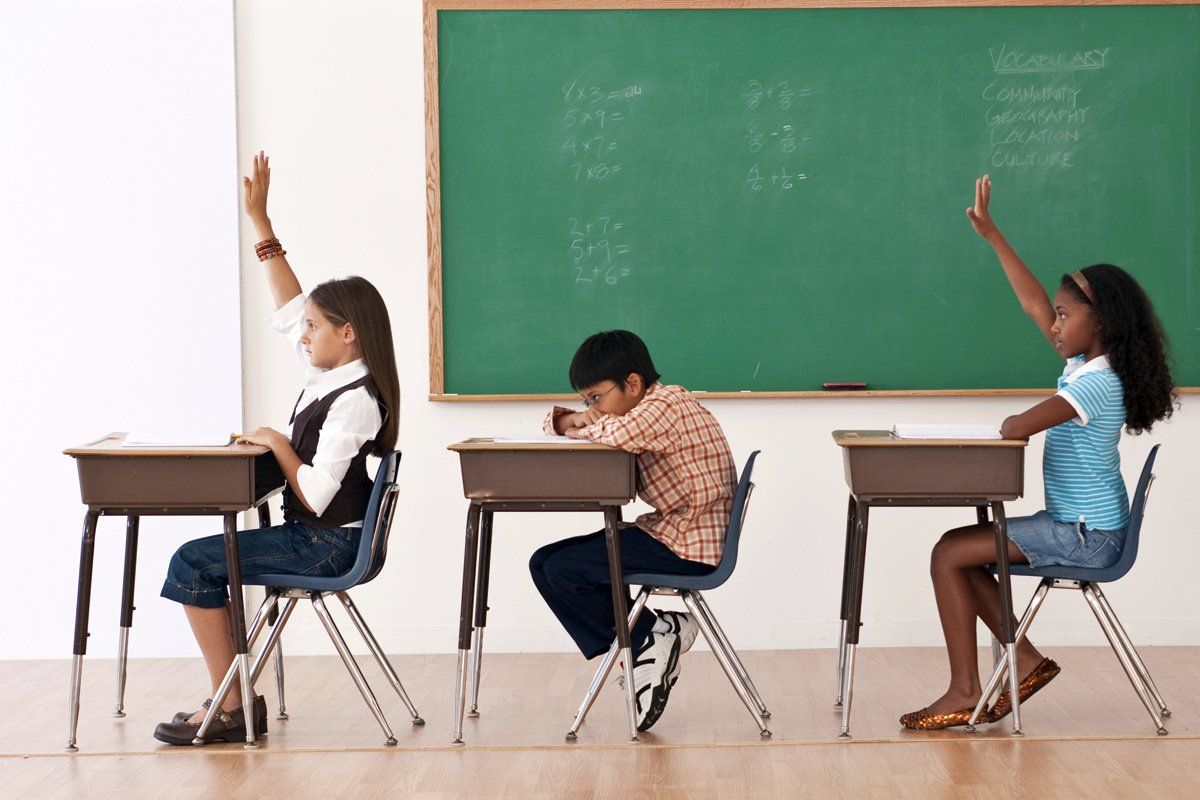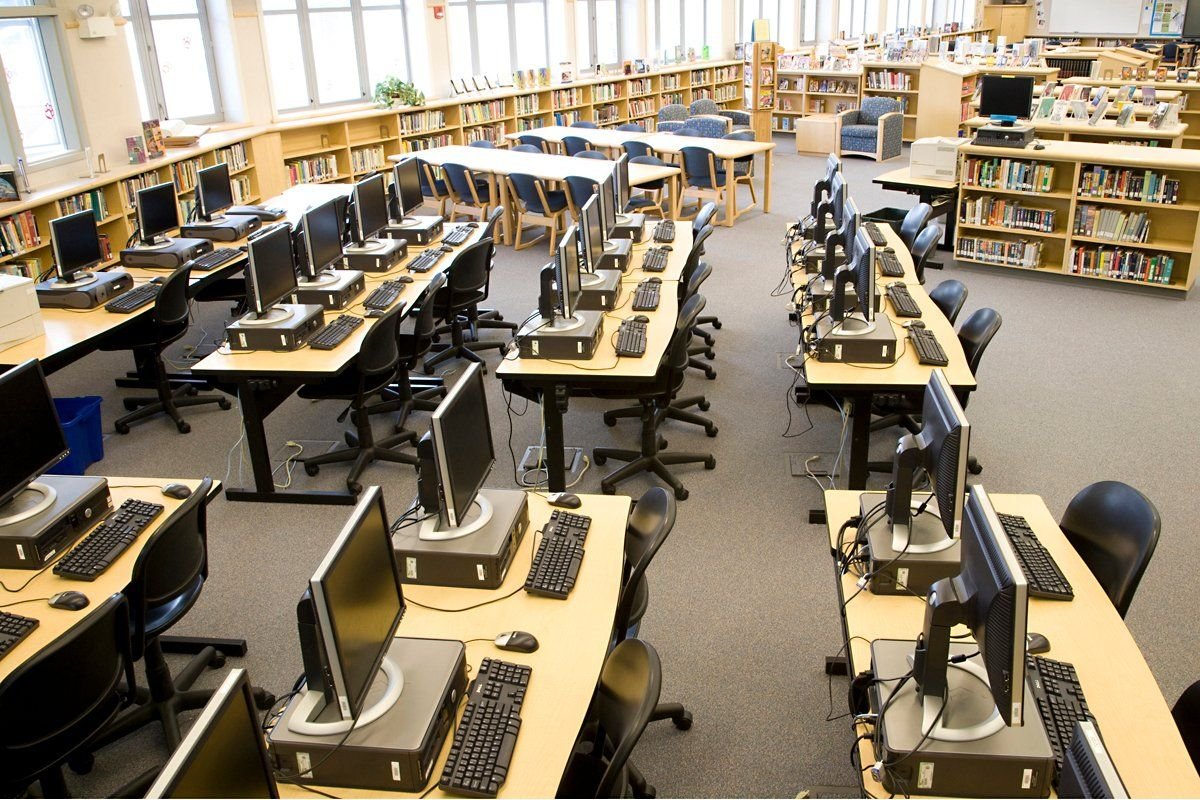
As 56 million children return to the nation's 133,000 elementary and secondary schools, the promise of "reform" is again in the air. Education Secretary Arne Duncan has announced $4 billion in Race to the Top grants to states whose proposals demonstrated, according to Duncan, "a bold commitment to education reform" and "creativity and innovation [that is] breathtaking." What they really show is that few subjects inspire more intellectual dishonesty and political puffery than "school reform."
Since the 1960s, waves of "reform" have failed to produce meaningful achievement gains. The most reliable tests are those given by the National Assessment of Educational Progress. The reading and math tests, graded on a 0–500 scale, measure 9-year-olds, 13-year-olds, and 17-year-olds. In 1971, the initial year for the reading test, the average score for high-school seniors was 285; in 2008 that score was 286. The math test started in 1973, when high-school seniors averaged 304; in 2008 the average was 306.
To be sure, some improvements have occurred in elementary schools. But what good are they if they're erased by high school? There's also been a modest narrowing in the high-school achievement gaps between whites, blacks, and Hispanics, although the narrowing generally stopped in the late 1980s. (Average scores have remained stable because, although blacks' and Hispanics' scores have risen slightly, the size of these minority groups has also expanded. This means that their still-low scores exert a bigger drag on the average. The two effects offset each other.)

Standard explanations of this meager progress fail. Too few teachers? Not really. From 1970 to 2008, the student population increased 8 percent while the number of teachers rose 61 percent. The student-teacher ratio has fallen from 27 to 1 in 1955 to 15 to 1 in 2007. Are teachers ill paid? Perhaps, but that's not obvious. In 2008 the average teacher earned $53,230; two full-time teachers married to each other and making average pay would rank among the richest 20 percent of households (2008 qualifying income: $100,240). Maybe more preschool would help. Yet the share of 3- and 4-year-olds in preschool has rocketed from 11 percent in 1965 to 53 percent in 2008.
"Reforms" have disappointed for two reasons. First, no one has yet discovered transformative changes in curriculum or pedagogy, especially for inner-city schools, that are (in business lingo) "scalable"—that is, easily transferable to other schools, where they would predictably produce achievement gains. Efforts in New York City and Washington, D.C., to raise educational standards involve contentious and precarious school-by-school campaigns to purge "ineffective" -teachers and principals. Charter schools might break this pattern, though there are grounds for skepticism. In 2009 the 4,700 charter schools enrolled about 3 percent of students and did not uniformly show achievement gains.
The larger cause of failure is almost unmentionable: shrunken student motivation. Students, after all, have to do the work. If the students aren't motivated, even capable teachers may fail. Motivation comes from many sources: curiosity and ambition; parental expectations; the desire to get into a "good" college; inspiring or intimidating teachers; peer pressure. The unstated assumption of much school "reform" is that if students aren't motivated, it's mainly the fault of schools and teachers. The reality is that, as high schools have become more inclusive (in 1950, 40 percent of 17-year-olds had dropped out) and adolescent culture has strengthened, the authority of teachers and schools has eroded. That applies more to high schools than to elementary schools, which helps explain why early achievement gains evaporate.
Motivation has weakened because more students (of all races and economic classes, let it be added) don't like school, don't work hard, and don't do well. The conflict between expanding "access" and raising standards goes against standards. Michael Kirst, an emeritus education professor at Stanford, estimates that 60 percent of incoming community—college students and 30 percent of freshmen at four-year colleges need remedial reading and math courses.
Against these realities, school-"reform" rhetoric is blissfully evasive. Duncan urges "a great teacher" in every classroom—akin to having every football team composed of All-Americans. With that sort of intellectual rigor, what school "reform" promises is more disillusion.
Uncommon Knowledge
Newsweek is committed to challenging conventional wisdom and finding connections in the search for common ground.
Newsweek is committed to challenging conventional wisdom and finding connections in the search for common ground.
About the writer
To read how Newsweek uses AI as a newsroom tool, Click here.








